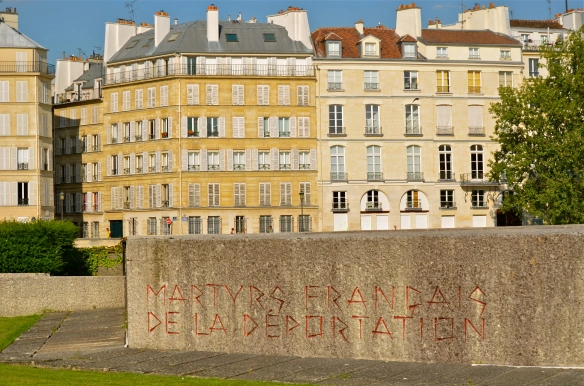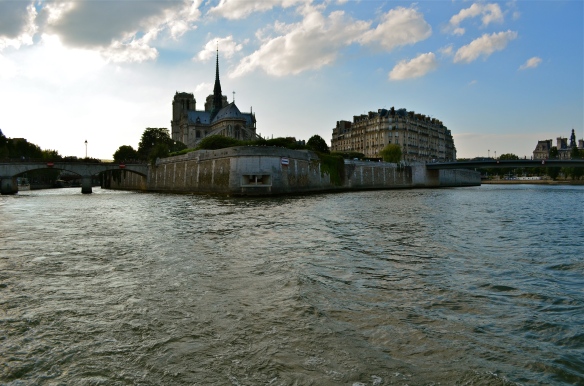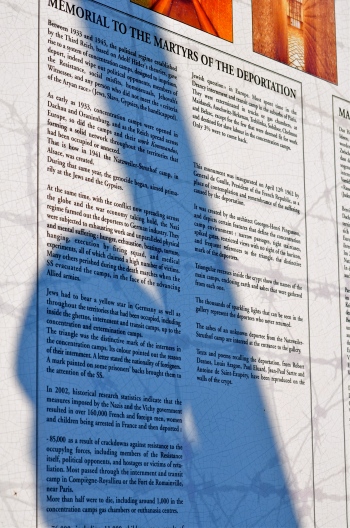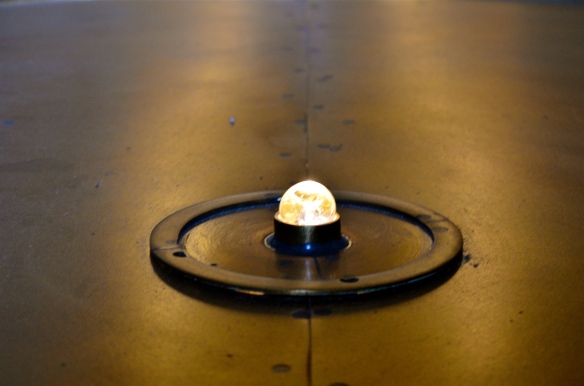
He was surprised to see signs for a concentration camp when we were in Alsace. Hidden away in the Vosges Mountains, the Natzweiler-Struthof is the only concentration camp established by the Nazis in what is now France. I went to see it. Like the Holocaust Exhibit at the British War Museum, other concentration camps or pretty much any other sign of such horror, I found myself disassociating myself from what I was seeing so that I could continue to view the disturbing exhibits.


A camp for political prisoners, including those involved in the resistance movement. Nevertheless, the death rate was 40% due to the strenuous work (Prisoners worked in nearby granite quarries and in construction projects) medical experimentation, poor nutrition and mistreatment by the SS guards.

As the industrial production requirements of the was increased, Natzweiler developed a system of up to 50 adjacent sub camps (shown on the map above). The death rate at these camps was 80%. I was surprised to learn that one such camp was Neckarelz. There, they converted an existing gypsum mine into an intricate tunnel system that housed a relocated Daimler-Benz Aircraft engine plant!

Many “Night and Fog” (Nacht und Nebel, a German effort to subdue a growing anti-German resistance) prisoners were detained there. Suspected resistance fighters just disappeared in night, the Germans held many of them at Natzweiler-Struthof.

The camp holds also a crematorium and a jury rigged gas chamber outside the main camp. Natzweiler-Struthof gassed more than 80 Jewish prisoners and sent their bodies to the Strasbourg University Institute of Anatomy where anatomist Dr. August Hirt amassed a large collection of Jewish skeletons used in his quest for anthropological evidence Jewish “racial inferiority.” He was attempting to create a museum in which (in his words) “sub-humans, in which proofs of the degeneracy and the animality of the Jews would be collected.”

Strasbourg University faculty member, Professor Otto Bickenbach, used the gas chamber in pseudoscientific medical experiments involving mustard gas and other vesicants . Many victims of these experiments were Roma (Gypsies) who were transferred from Auschwitz for use as guinea pigs. Doctor Eugen Haagen, the chair for hygiene and bacteriology at Strasbourg University was in charge of medical experiments on the camp. He conducted experiments on prisoners involving typhus and yellow fever. The operating room below was the site of many of these “experiments.”


With the Allies closing in, Nazis evacuated the camp sending prisoners on a “death march” in September 1944. On November 23, 1944, it became the first concentration camp in Western Europe liberated by the Allies.

One of the most unusual and surprising things I saw was art. Several talented artists (Henri Gayot, Jacques Barrau, Ernest Gillen, Rudolf Naess) were held and the camp and some of their art survived.

Shockingly, neo-Nazis burned the camp museum in 1976. It was subsequently rebuilt, but important artifacts and buildings were destroyed in the fire.

As disturbing as it was, I am grateful to have had the opportunity to step behind the formerly electrified fences and learn about what happened there.













































